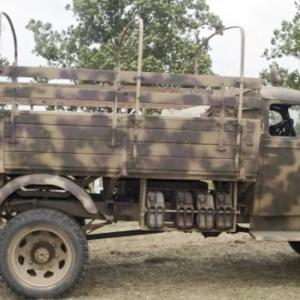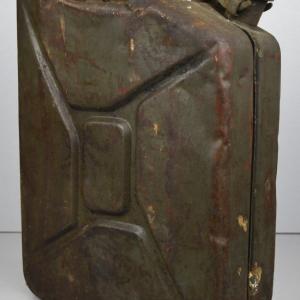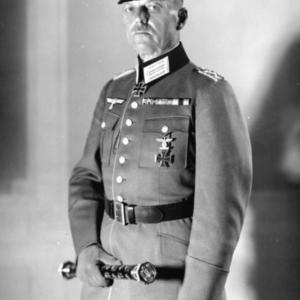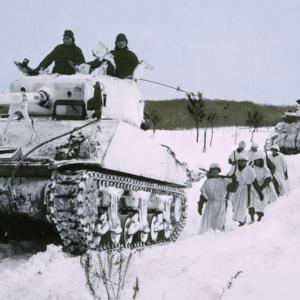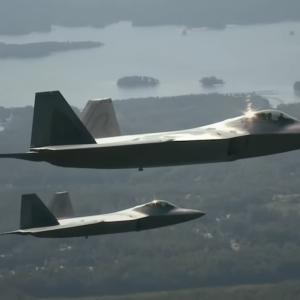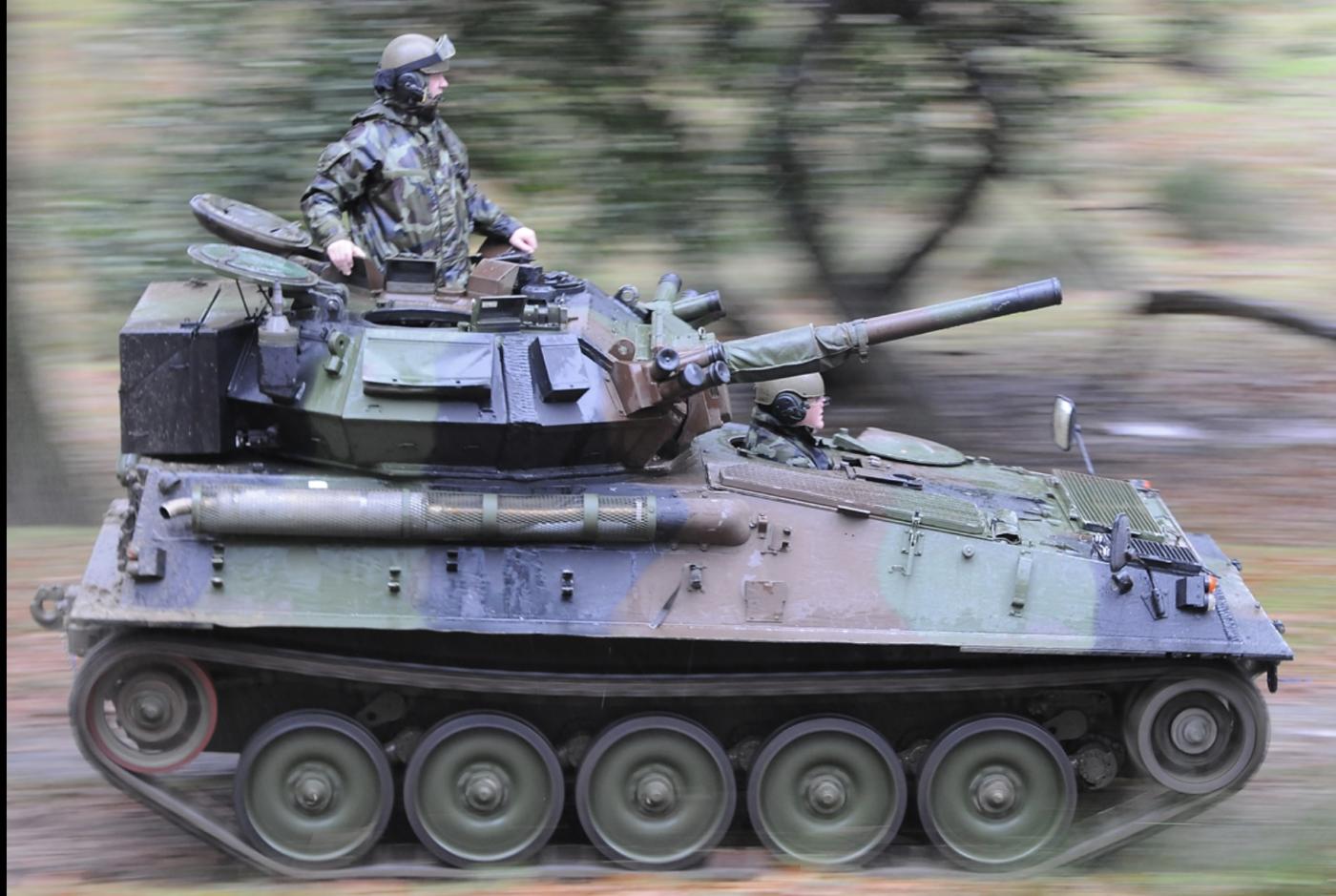
FV 101 Scorpion
The FV101 Scorpion is a British light reconnaissance tank developed to provide rapid mobility and effective fire support in a compact armored platform. It was part of the Combat Vehicle Reconnaissance (Tracked) series, designed during the late 1960s to meet the British Army’s needs for a lightweight, air-transportable vehicle that could perform a wide range of reconnaissance and support missions.
The vehicle was produced by Alvis Vehicles Ltd. in Coventry, England, and officially entered service in 1973. Weighing just over 8 tonnes, and measuring 5.3 meters long, 2.1 meters wide, and 2.1 meters tall, the Scorpion was one of the lightest tanks ever used by the British Army. It could be transported by aircraft such as the C-130 Hercules, enabling rapid deployment to remote or difficult-to-access areas.
Its hull and turret are made from welded aluminum armor, which, while lighter than steel, still offered solid protection against small arms fire and shell fragments. The Scorpion was designed more for speed and reconnaissance than for direct tank-versus-tank engagements.
The tank is powered by a Cummins BTA 5.9-liter diesel engine producing 190 horsepower, paired with a David Brown TN15 transmission. This configuration gave the Scorpion a top speed of approximately 72.5 km/h (45 mph) and a range of about 756 kilometers (470 miles), making it highly mobile for both on-road and off-road operations.
The FV101 Scorpion is armed with a 76mm L23A1 gun, a versatile weapon capable of firing a variety of rounds including High-Explosive Squash Head (HESH), high-explosive (HE), smoke, and canister ammunition. This gave the tank a broad range of capabilities, from soft target suppression to light vehicle engagement. The typical onboard loadout includes between 40 and 42 rounds for the main gun.
Complementing the main armament is a 7.62 mm coaxial L43A1 machine gun, used for engaging infantry and unarmored threats. The vehicle carries around 3,000 rounds of ammunition for the machine gun. In addition, it features smoke grenade launchers mounted on either side of the turret to provide visual cover during tactical retreats or repositioning.
Despite its light armor, the Scorpion compensates with its low profile, speed, and maneuverability, which increase its survivability on the battlefield. The three-man crew (commander, gunner, and driver) operate in a tight, efficient space that allows for rapid communication and control.
The FV101 Scorpion played a significant role in the 1982 Falklands War between the United Kingdom and Argentina. It was one of only two armored vehicles types deployed by the British forces during the conflict, the other being the FV107 Scimitar.
A troop of Scorpions, along with a troop of Scimitars, were deployed by 3 Troop, B Squadron, Blues and Royals. These vehicles were landed at San Carlos Bay and proved invaluable during the campaign due to their mobility and firepower in the challenging terrain of the islands. While the terrain was rugged and often unsuitable for heavy armored vehicles, the light weight and small size of the Scorpion allowed it to traverse narrow tracks and marshy ground better than heavier tanks.
The Scorpions provided close support for infantry units during their advance toward Port Stanley, the capital. Their 76mm guns were used to engage Argentine positions and bunkers, providing crucial suppressive fire and destroying enemy strongpoints. In one notable engagement during the final assault on Port Stanley, Scorpions supported attacks by the 2nd Battalion, Parachute Regiment and Royal Marines units, helping to overcome stiff Argentine resistance in well-defended positions.
The psychological effect of having armored vehicles on the British side, even light ones, was significant. Argentine troops often feared the Scorpion’s firepower and mobility, especially given their own lack of armor in the field.
Overall, the Scorpion demonstrated that even light tanks could be tactically effective in expeditionary warfare, especially when employed with speed and precision in support of ground troops.
Outside the Falklands, the FV101 Scorpion has seen action in several major and minor conflicts. During the Gulf War in 1991, British Scorpions were used for reconnaissance missions in desert environments. Their speed and agility allowed them to scout ahead of main forces and provide battlefield intelligence, while also engaging enemy positions when needed.
The Scorpion has also been used in Northern Ireland during the Troubles, in Cyprus during peacekeeping missions, and in Bosnia and Kosovo during NATO operations. Its adaptability made it valuable not only in high-intensity warfare but also in peace support and counterinsurgency roles.
With over 3,000 units built, the Scorpion was exported to more than two dozen countries. Nations such as Iran, Chile, Thailand, Malaysia, and the Philippines have operated it in both military and internal security roles. Some countries, such as Iran, have produced modified versions like the “Tosan” light tank.
The FV101 Scorpion is one of the most successful light armored vehicles of the 20th century. Its combination of speed, firepower, and ease of deployment allowed it to operate effectively across a wide variety of environments. Whether in the remote, mountainous terrain of the Falklands or the deserts of the Middle East, the Scorpion proved its worth as a reconnaissance and fire support vehicle.
Though retired from British service, its legacy endures in the arsenals of other nations and in modernized variants that continue to see use on today’s battlefields. Its role in shaping modern light armored warfare remains significant, and its influence can still be seen in the design of contemporary reconnaissance and expeditionary combat vehicles.

